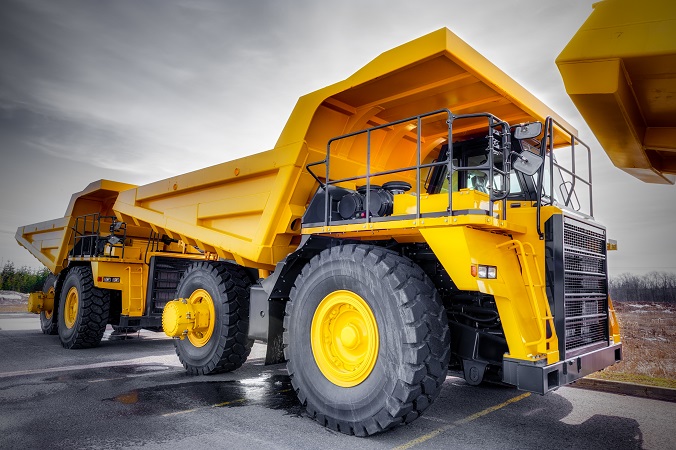Manufacturing companies need raw materials to develop products. These raw materials often come from mines scattered throughout the world, which means there needs to be a proper supply chain to ensure companies never run out of stock.
This supply chain is a complex entity that involves different organizations and teams. It is challenging to maintain order and ensure all supplies reach clients on time. Here’s a look at what’s involved in a mining supply chain and how it is managed:
1. Exploring Potential
The first step is to find and explore potential mineral deposits. Companies will study geographical data, conduct aerial inspection, and examine the ground to identify potential mining spots. They will conduct an in-depth analysis after identifying potential spots by collecting mineral samples, testing them, and conducting environmental studies. This helps companies create a shortlist and find a site that will suit their supply demands.
Once they have a few sites in mind, they will conduct a mineral deposit analysis. They will also explore other factors like environmental impact, market demand, current prices, product development, financial studies, and other such factors. Information from this research allows companies to determine risk factors, potential returns, the investment required, etc.
2. Developing a Supply Chain
Most mining companies have an extensive network of mines and will manage mines through a consulting firm. They hire a consulting firm on a contractual basis using the Engineering, Procurement, and Construction Management (EPCM) or Engineering, Procurement, and Construction (EPC) contract.
These companies also set up an operations team that handles the procurement of different items and recruitment of staff for mining sites. Procurement usually involves inventory replenishments and direct-to-project purchases. The staff prepares requisition forms based on what the project or site needs.
The process is either centralized, decentralized, or hybrid based. Centralized procurement is located at the mining company’s main office. Decentralized is located at different regions close to active mines. Hybrid is a mix of centralized and decentralized procurement. Operations are governed by the main branch and subsidiary branches close to the mines.
Companies have a fixed procurement protocol that involves a request for information, procurement card, blanket order, request for quotation, and request for proposal. In most cases, companies use Request for Quotation (RFQ) and Request for Proposal (RFP) during procurement.
3. Working with Customers
Suppliers in the mining industry can work with mining companies or supply materials directly to end parties like manufacturing establishments. Working through a mining company is usually more convenient and reliable. They already have a supply chain system in place and a large network of clients. Suppliers must understand who their customers are and what kind of service they need. Mining companies help suppliers come up with standardized operation models; vendor managed inventory, and proper training for staff.
Once all of these factors are in place, you have a proper mining supply chain management. If you want to know more or want to discuss recruiting in the mining industry, don’t hesitate to reach out to us at Talon Recruiting. Call 800 771 5281 or use our contact us form to get in touch.[/vc_column_text][/vc_column][/vc_row]

